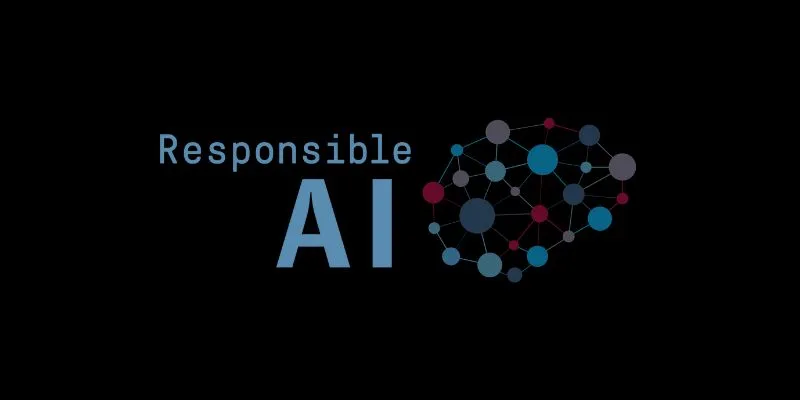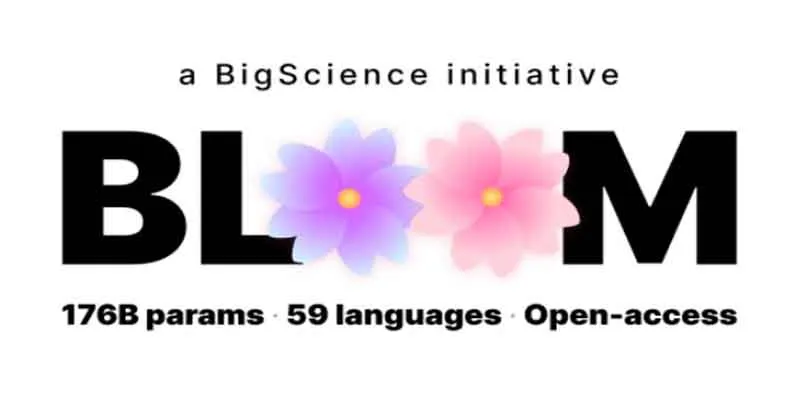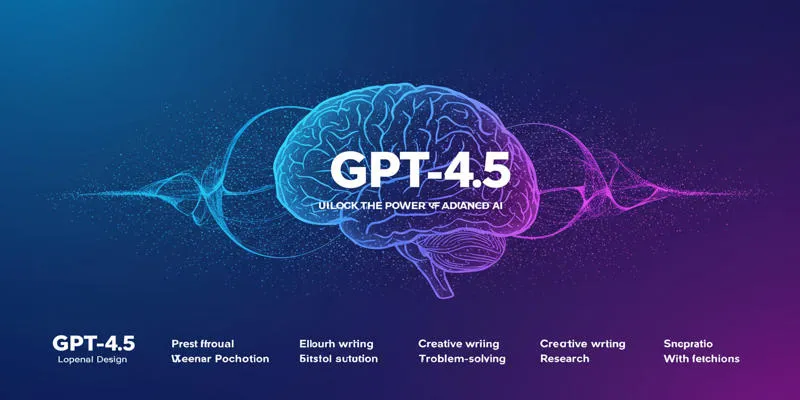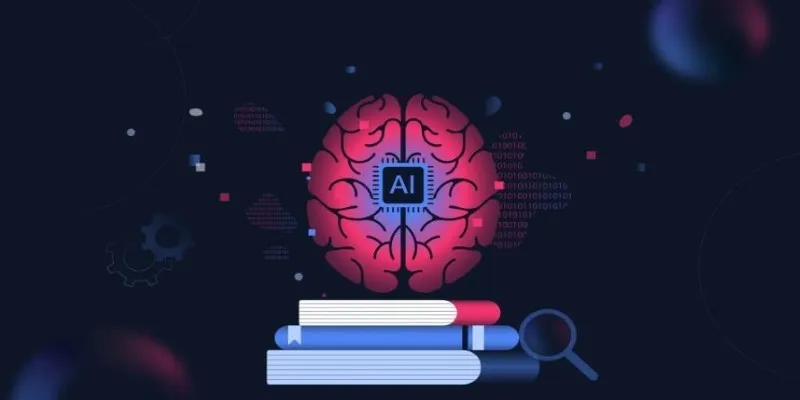Artificial intelligence (AI) has been making waves in various sectors, influencing everything from entertainment to scientific research. This year, it hit a new milestone by accurately predicting the Philadelphia Eagles’ Super Bowl win weeks before the game, leaving sports fans and analysts both surprised and intrigued.
In the same breath, the unveiling of a quantum-enhanced large language model marked a significant leap in AI technology. These two advancements showcase AI’s growing capacity to tackle real-world challenges, demonstrating its ability to analyze and reason at levels previously unimaginable.
AI Predicts Super Bowl Outcome With Surprising Accuracy
Sports predictions have always been a delicate mix of skill and chance. Analysts often consider factors like injuries, team strategies, weather conditions, and player performance, yet forecasts frequently go awry. The AI system that predicted the Eagles’ Super Bowl win, however, took a novel approach. By processing an enormous dataset—encompassing historical trends, in-season stats, player health records, and even online sentiment analysis—the AI adjusted weights dynamically based on patterns it detected.

This AI system processed over 10 million data points leading up to the game, identifying connections that human experts likely overlooked. Not only did it predict the win, but it also forecasted the victory margin with remarkable precision. Initially dismissed as a gimmick, its accuracy has sparked debates about AI’s role in professional sports. The technology demonstrated that AI could manage complex, emotional domains like sports more effectively than anticipated.
AI did not “know” the outcome in advance; rather, it analyzed probabilities with a nuance challenging for humans to replicate. Sports organizations are now exploring how AI models might enhance player management, game-day decisions, and fan engagement. The Eagles’ Super Bowl victory thus stands as a testament to predictive analytics’ power, where intuition alone might fail.
The Launch of a Quantum-Enhanced Large Language Model
While sports enthusiasts marveled at the Eagles’ win, the tech community celebrated another breakthrough: a quantum-enhanced large language model. This innovation merges two advanced fields—AI and quantum computing—creating a more robust system. Large language models already leverage billions of parameters to comprehend and generate human language. By integrating quantum computing, these models process information faster and manage intricate relationships more effectively.
Quantum processors excel at solving specific problems more efficiently than traditional chips. Within a language model, this capability allows for better handling of variables and maintaining context over more extended text passages. Early demonstrations reveal the model’s proficiency in generating longer, coherent responses, avoiding factual errors, and adapting to shifts in tone and context. Quantum elements complement traditional processors, acting as accelerators for complex computational tasks.
The potential applications extend beyond improved chatbots; fields like medicine, law, and science could utilize these models to analyze large datasets, identify patterns, and draft precise, context-rich documents. Although in its infancy, this launch signifies that AI is poised for another significant leap forward.
The Interconnected Significance of These Developments
At first glance, predicting a sports outcome and launching a next-gen language model may seem unrelated. Yet, both events reflect AI’s growing ability to decipher complexity and provide insights in unpredictable fields. These milestones illustrate how AI is venturing into deeply human domains—sports and communication—offering innovative solutions.

Both breakthroughs rely on analyzing vast amounts of data in ways beyond human capability. The Super Bowl prediction succeeded by identifying subtle trends and weighting them effectively, while the quantum-enhanced language model excels in holding context and generating superior responses. These advancements reveal a growing trust in AI, as its consistent, accurate results begin to alleviate skepticism.
These developments also prompt questions about future directions. Will sports teams increasingly rely on predictive analytics for decision-making? Could quantum-enhanced models become standard tools for researchers and professionals? Such shifts have the potential to revolutionize industries and change practices.
The Road Ahead for AI and Its Everyday Impact
These stories highlight a broader theme: AI is no longer confined to programmers and scientists. Its influence is permeating daily life and mainstream culture. Fans witnessed how sophisticated analysis could predict a major sporting event, while tech professionals glimpsed the potential of quantum computing to enhance everyday AI tools.
As industries embrace these advancements, new challenges will emerge. Concerns about model bias, data privacy, and fairness remain pressing. These systems must be transparent and trustworthy as they grow more influential. Nonetheless, the Eagles’ Super Bowl win and the debut of a quantum-enhanced language model offer a glimpse into a future where technology and humanity collaborate seamlessly. Both stories represent steps into a future already unfolding in visible and utilitarian ways.
Conclusion
In 2025, AI achieved two remarkable feats: predicting the Eagles’ Super Bowl victory and launching a quantum-enhanced large language model. Both accomplishments underscored AI’s ability to manage complexity and deliver tangible results. These milestones highlight AI’s progress in addressing challenges once deemed insurmountable. As trust in AI’s capabilities grows, both the sports and tech communities are eager to see how it will reshape future outcomes and expectations.
 zfn9
zfn9






















